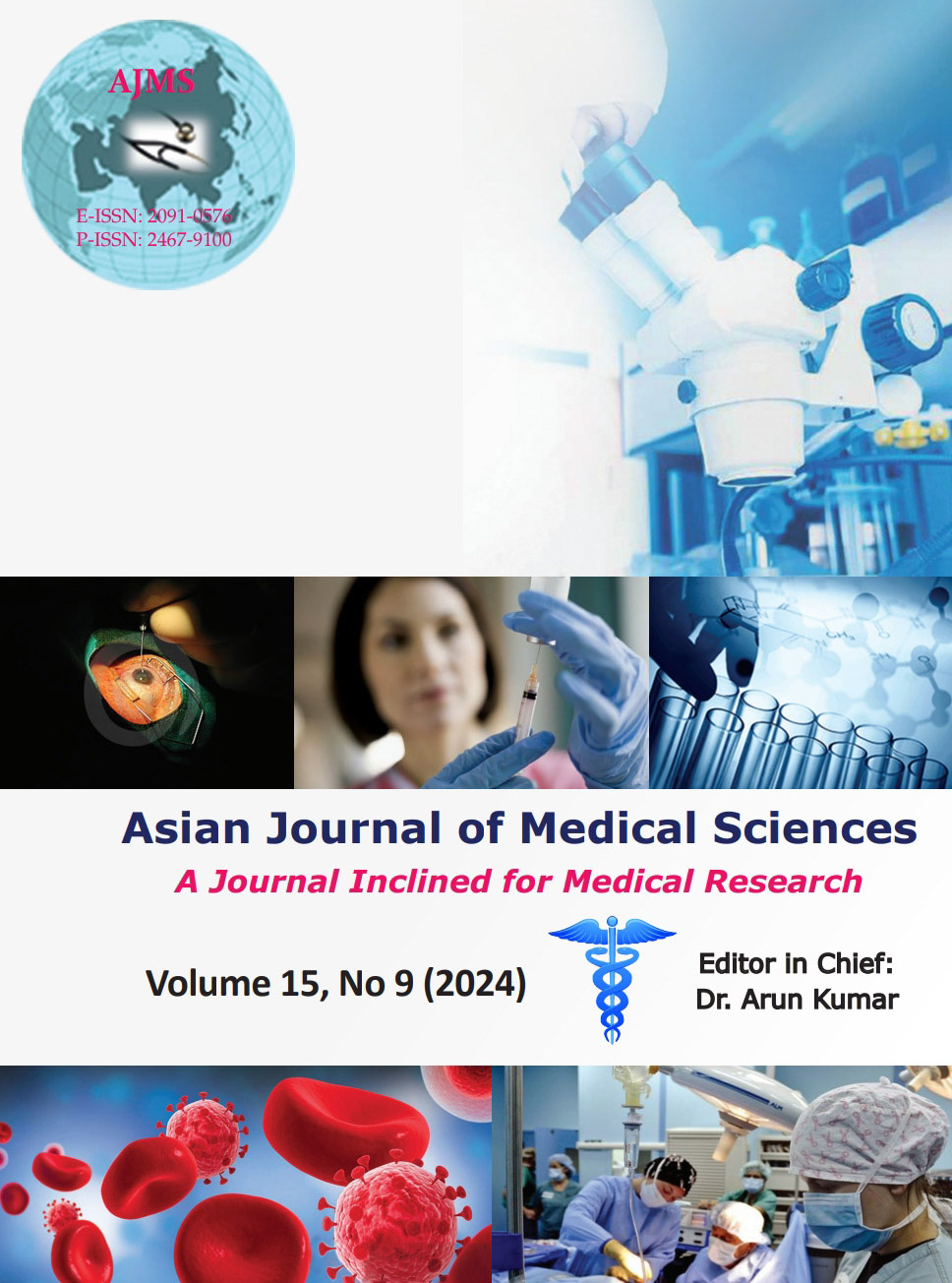Comparison of acromio-axillo-suprasternal notch index with thyromental height test to predict difficult visualization of larynx
Keywords:
Acromio-axillo-suprasternal notch index; Thyromental height test; Modified Mallampati score; Laryngoscopy; Cormack and Lehane gradingAbstract
Background: Securing and maintaining a patent airway for the conduct of general anesthesia are a major concern for an anesthesiologist. Unanticipated difficult intubation in anesthetized patients is the main cause of morbidity or mortality. Several predictors are proposed to anticipate difficult tracheal intubation, but no predictor is found to be 100% accurate. Acromio-axillo-suprasternal notch index (AASI) is a recent addition to the list of predictors.
Aims and Objectives: The current study compared the usefulness of AASI and thyromental height test (TMHT) as predictors of difficult visualization of larynx (DVL).
Materials and Methods: Following approval by the Institutional Ethics Committee and CTRI registration, written informed consent was taken. The study was conducted on 300 patients aged 18–65 years belonging to American Society of Anesthesiologists’ physical status I and II, with modified Mallampati (MMP) Scores of 1 and 2, over a period of 6 months. Preoperatively all patient’s airway was evaluated using AASI and TMHT. The DVL during direct laryngoscopy was noted as assessed by Cormack and Lehane grading. We compared the sensitivity and specificity for DVL with regard to AASI and TMHT.
Results: The incidence of unanticipated DVL was 14%. The sensitivity, specificity, positive predictive value, and negative predictive value of AASI were 86.4%, 38.1%, 89.6%, and 31.4%, respectively, and for TMHT, they were 94.6%, 4.8%, 85.9%, and 12.5%, respectively. Pearson correlation coefficient was r = −0.068 (P=0.243) when AASI was compared with TMHT.
Conclusion: AASI was found to be less sensitive when compared to TMHT and there was statistically no significant correlation between the two parameters to predict the DVL.
Downloads
Downloads
Published
How to Cite
Issue
Section
License
Copyright (c) 2024 Asian Journal of Medical Sciences

This work is licensed under a Creative Commons Attribution-NonCommercial 4.0 International License.
Authors who publish with this journal agree to the following terms:
- The journal holds copyright and publishes the work under a Creative Commons CC-BY-NC license that permits use, distribution and reprduction in any medium, provided the original work is properly cited and is not used for commercial purposes. The journal should be recognised as the original publisher of this work.
- Authors are able to enter into separate, additional contractual arrangements for the non-exclusive distribution of the journal's published version of the work (e.g., post it to an institutional repository or publish it in a book), with an acknowledgement of its initial publication in this journal.
- Authors are permitted and encouraged to post their work online (e.g., in institutional repositories or on their website) prior to and during the submission process, as it can lead to productive exchanges, as well as earlier and greater citation of published work (See The Effect of Open Access).




